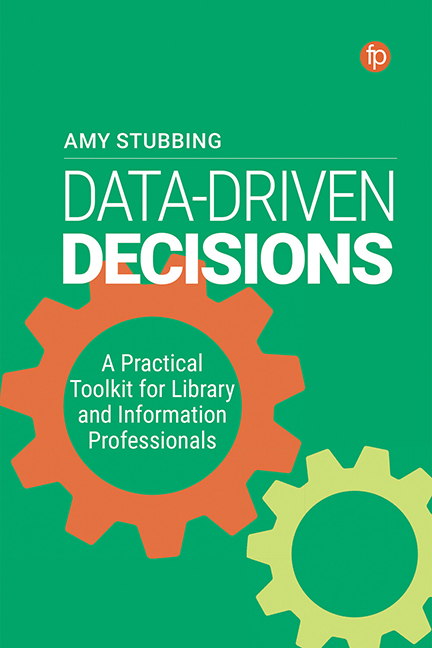Summary
Introduction
In this chapter we go through some background information on collection approaches as well as the key steps to beginning your data collection. By the end of this chapter you will be able to create and critically evaluate your data collection plan. To do this, we explore and learn about:
• how to choose data (page 23)
• data collection methods (page 26)
• evaluation methods (page 29)
• how to store and organise data (page 37).
Choosing your data
This might seem like an intimidating chapter to be heading into, but the beautiful thing about this whole step-by-step process is that you have already done the hard work for this bit. Huzzah for past you, huzzah for Chapter 3, and huzzah for data!
If you look back at Table 3.2, you will hopefully have a few examples of data sources to answer your data needs. The next step is to start planning some of the specifics about this data that you need to collect. There are a few initial key questions to ask yourself when you begin planning your data collection:
• What timeframe (or period) does the data need to cover?
• How often do I need to collect this data?
• How granular does this data need to be?
Timeframe
Making an active plan for your timeframe for collecting data is important to make sure you aren't wasting your time, and for planning your ongoing data-driven decision practices. Your timeframe for collecting this data could be two weeks, or you could collect this data forever more. Whatever you decide, your current plan must support your future plans for making data-driven decisions and enable you to really understand what is happening from this data.
For example, if you choose to collect data for two weeks and then stop, be sure of what this information will actually be able to tell you. If you are collecting information on headcount numbers in a library building, two weeks’ worth of data would show very different results depending on the time of year. Equally, there could be external factors during that two-week period which would give you a false under standing of the wider situation.
- Type
- Chapter
- Information
- Data-Driven DecisionsA Practical Toolkit for Librarians and Information Professionals, pp. 23 - 38Publisher: FacetPrint publication year: 2022



